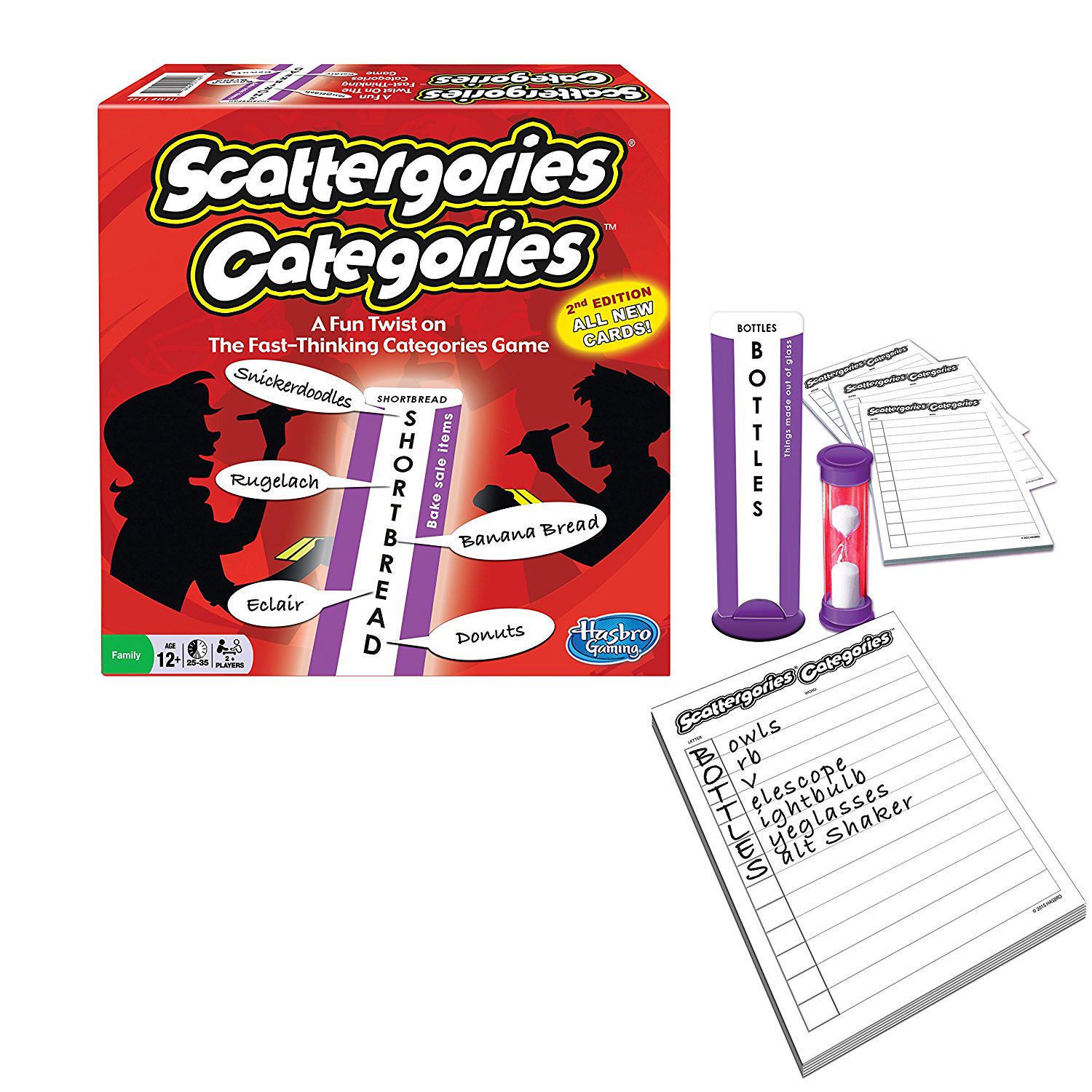
This was originally intended to be a limited-use game for my middle school students that were still working on organizing information, but with some of the adaptations listed above, I’ve been able to use it with all ages from kindergarten to 12th grade. name something with a certain “where” that starts with a certain letter), or – for students approaching mastery – use both decks in concert with the EET – name something that fits in that starts with that addresses. Use either the category or letter deck to narrow down an EET area (e.g. While the connection with the EET’s “group” designation is present, both decks of cards can be used to reinforce EET concepts.

Runaway scoring: Given the number of cards in the game, it’s possible that one student may start to achieve a large scoring gap, and having a limited ability to catch up before the end of the game can prove discouraging.Students with processing deficits and/or cognitive impairments may also have difficulty reacting as quickly as other students. Speed/dexterity game: Some students, especially those that receive services from other providers (like OTs or PTs), may not be physically capable of hitting the “I KNOW” card as quickly as other students.Wide player range: This game can be used with as few as two or as many as six players with ease, and it can be applied to a variety of ages (don’t believe the box with modifications, I’ve used this game with kindergarteners).Low literacy: While the game uses the first letter of each word, if you read the category when first playing it, students with reading difficulties can participate at the same level as readers.

All participants are constantly engaged: There is no “down time” in this game – every player participates in every turn.The game is active: Finding a language-based activity that keeps kids active is somewhat difficult, and this one has a small amount of physical activity built in.The game is fast: If the players are on target, this is a game that takes less than fifteen minutes to play, and setting a timer (for instance, if you want to use it as a five-minute end-of-session activity) doesn’t interfere with gameplay.The game is simple: This game requires very little explanation, and modeling play is easy.Processing Speed – The first person to hit “I KNOW” gets the point, so processing quickly helps you win the game.Spelling is supported by the game in a minor fashion, as knowing what letter words start with is an integral part of the game.Category Naming/Identification/Comparison – Generating items that fit into categories is the game’s core theme and skill.Once one deck is depleted, the player with the greatest number of cards is the winner.

That card is replaced, and play starts again.

The first player to slap the “I KNOW” card and provides something that starts with the letter and fits in the category gets to take either the category card or the letter card. The game presents the players with two decks of cards – a category deck and a letter deck – and the top card of each deck is revealed to all players. General Overview: Scattergories: The Card Game is a word-based party game for two or more players of age 8+. This week’s game is Scattergories: The Card Game by Winning Move Games.


 0 kommentar(er)
0 kommentar(er)
